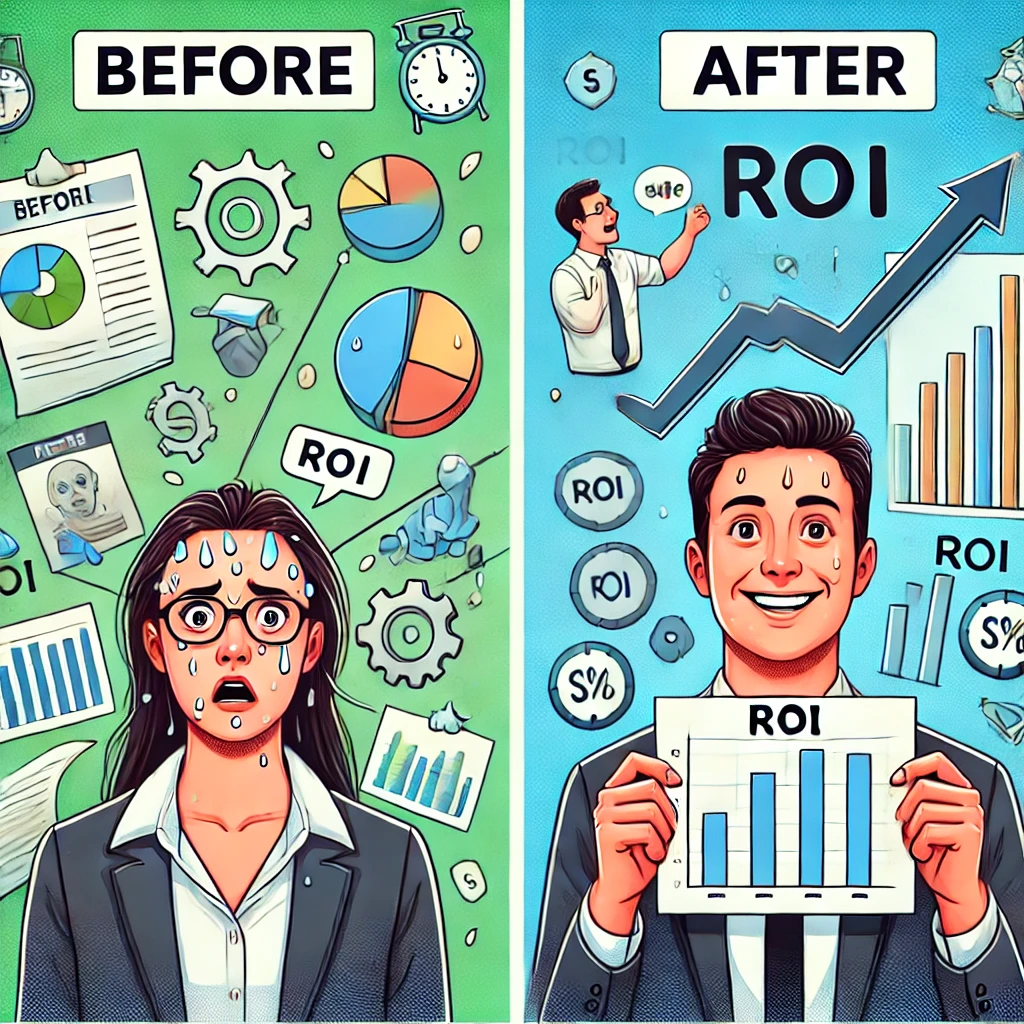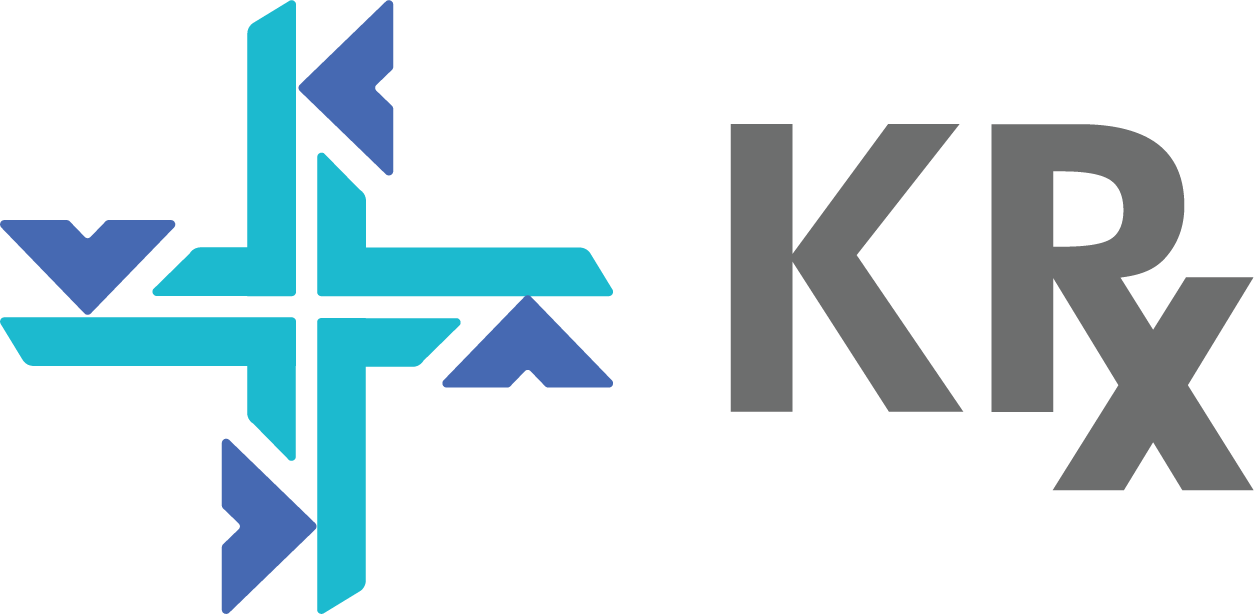“What’s Your ROI?” – The Question That Separates the Pros from the Panic-Stricken

There are two types of people in a marketing interview:
1. The confident marketer who smiles and says, “Great question! Let me break it down for you.”
2. The deer-in-headlights candidate who starts sweating like they just got asked to explain quantum physics in Sanskrit.
As a marketing leader, I’ve been asked this question early in my career. And now, I’m the one asking it in interviews. I’ve seen this question make or break candidates, and I can tell you—many still struggle to answer it without resorting to corporate poetry.
Some try to dodge it:
• “Well, ROI is a complex, multi-layered phenomenon that cannot be reduced to mere numbers…”
• “Marketing isn’t just about revenue; it’s about emotions, engagement, and the art of storytelling.”
• “The real ROI is the friends we made along the way.”
At this point, I’m already mentally moving their résumé to the “Maybe in another lifetime” pile.
Once Upon a Time, ROI Was Simple
Ah, the good old days. Back when ROI was just:
ROI = (Revenue – Cost) / Cost
Interviewer: “What’s your ROI?”
Marketer, circa 2005: “We spent ₹50,000 and made ₹2,00,000. That’s a 300% ROI.”
Interviewer: “Fantastic! Take a raise and a corner office.”
But then things got complicated. Customers stopped being predictable. Marketing budgets started disappearing into black holes called ‘brand awareness campaigns’. And suddenly, answering the ROI question required more than a calculator—it required narrative skills, analytics, and just a little bit of magic.
Welcome to the Chaos Era: When ROI Became an Existential Crisis
By the 2010s, marketing funnels turned into labyrinths. Nobody saw an ad and immediately bought something anymore. No, customers had to:
1. Click on an ad.
2. Get distracted by cat videos.
3. Watch a 45-minute YouTube review by someone named “Tech Guru 99.”
4. Read Reddit threads questioning the company’s existence.
5. Sleep on it.
6. See a retargeting ad while doomscrolling at 2 AM.
7. Finally buy—but only after using a discount code they found in an email from 2017.
So, when I ask, “What’s your ROI?”, I often get answers that sound like rejected TED Talks:
• “We focus on brand equity and long-term impact…”
• “ROI is a journey, not a destination.”
• “Revenue is one metric, but have you considered the butterfly effect?”
At this point, I’m considering starting a support group for interviewers who’ve had to sit through this.
How to Actually Answer the ROI Question Like You Know What You’re Doing
Today, ROI isn’t just a simple formula. It’s about tracking the entire funnel, using CRM data, and proving that marketing is more than just a money-burning exercise.
Here’s what I’m really looking for:
✅ Funnel Tracking – Are you moving leads from curiosity to cash?
✅ CRM Usage – Are you closing the loop on lead conversions?
✅ Sales Alignment – Are you working with sales, or just handing them a list of “high-quality” leads that ghost them?
✅ Lifetime Value (LTV) – Are customers coming back, or are they one-and-done?
Enter TOFU, MOFU, and BOFU – Your Secret Weapons
If you really want to impress, break it down like this:
🥗 TOFU (Top of Funnel) – “Where We Cast the Net”
• What’s Happening? We’re attracting leads.
• How? SEO, social media, paid ads, blog posts.
• What’s the Metric? Website traffic, social engagement, click-through rates.
• Good ROI Answer: “We increased TOFU traffic by 80%, leading to 50,000 new visitors, with a 3% conversion rate into MOFU leads.”
🥑 MOFU (Middle of Funnel) – “Where We Try to Impress”
• What’s Happening? We’re nurturing leads, proving we’re not a scam.
• How? Email sequences, webinars, lead magnets, retargeting ads.
• What’s the Metric? Lead-to-MQL conversion rates, engagement.
• Good ROI Answer: “Our email nurture campaign boosted MQL conversions by 35%, shortening the sales cycle by 40%.”
🍖 BOFU (Bottom of Funnel) – “Where We Close the Deal (or Cry Trying)”
• What’s Happening? We’re converting leads into customers.
• How? Sales calls, free trials, discounts.
• What’s the Metric? Sales conversion rates, CAC, revenue generated.
• Good ROI Answer: “CRM tracking showed our BOFU retargeting ads converted 30% of abandoned carts, adding ₹10,00,000 in revenue.”
And Yet… People Still Struggle With This Answer
Despite CRMs, AI, dashboards, and every analytics tool imaginable, some marketers still fumble through this question like they just discovered marketing yesterday.
Here’s what doesn’t work:
❌ Overusing Jargon – If your answer sounds like a mix of Shakespeare and a LinkedIn influencer post, it’s a problem.
❌ Focusing on Vanity Metrics – Nobody cares how many impressions you got if sales didn’t move.
❌ Ignoring the CRM – If you don’t know what happened to leads, you’re basically a digital billboard.
❌ Forgetting to Close the Loop – If your campaign generated 10,000 leads but zero revenue, congratulations—you just hosted a very expensive networking event.
A Winning Answer Sounds Like This:
“We tracked ROI at each funnel stage. Our TOFU content drove 60,000 new visitors, converting 10% into MQLs. Through CRM automation and retargeting, MOFU efforts improved conversion by 35%, cutting sales cycle time by 40%. At BOFU, our targeted campaigns helped close 30% of deals, resulting in ₹15,00,000 in revenue. CRM data also showed that BOFU-acquired customers had a 50% higher LTV, proving long-term impact.”
Now that’s an answer that makes me sit up and listen.
Final Thought: No More Vague Answers, Please
The next time you’re in an interview and hear “What’s your ROI?”, take a deep breath, smile, and drop a well-structured, data-backed, TOFU-MOFU-BOFU-filled answer.
And if you are the one asking the question, sit back and enjoy, because the responses are always an experience worth witnessing.

